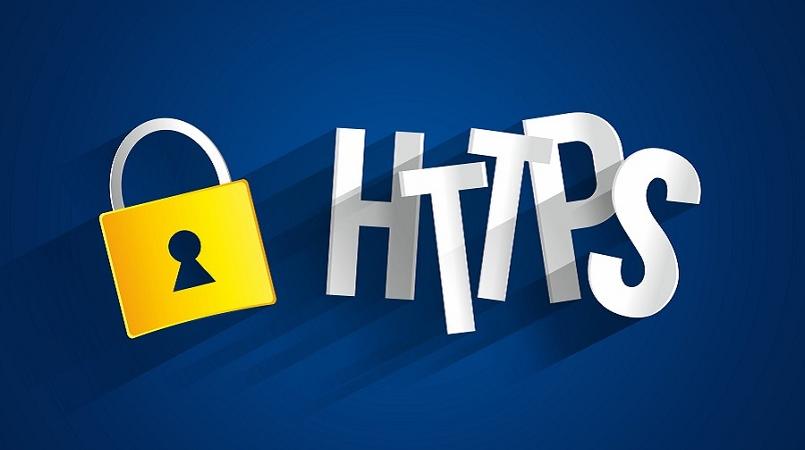SSL stands for Secure Sockets Layer. It provides a secured and encrypted layer of privacy to web applications.
SSL can provide for transport-layer encryption, so that an intermediary between the client and server, for example, Wireshark, can’t simply read cleartext HTTP right off the wire.
How to Identify an SSL-enabled Website
You can do this by checking your address bar for the “https” header. Web addresses that begin with “http://” denote they use HTTP. “https://” instead, that means the connection is secured via SSL.
Other than just “wrapping” HTTP in a protective shell, however, SSL does not extend or substantially alter the basic HTTP request-response mechanism.
It is important to note that SSL does nothing for the overall security of a Web application other than to make it more difficult to eavesdrop on the traffic between client and server.
This means that although SSL is enabled on a website, it doesn’t prevent an attacker from carrying out an attack.
You will have to apply other security measures to secure your website.


